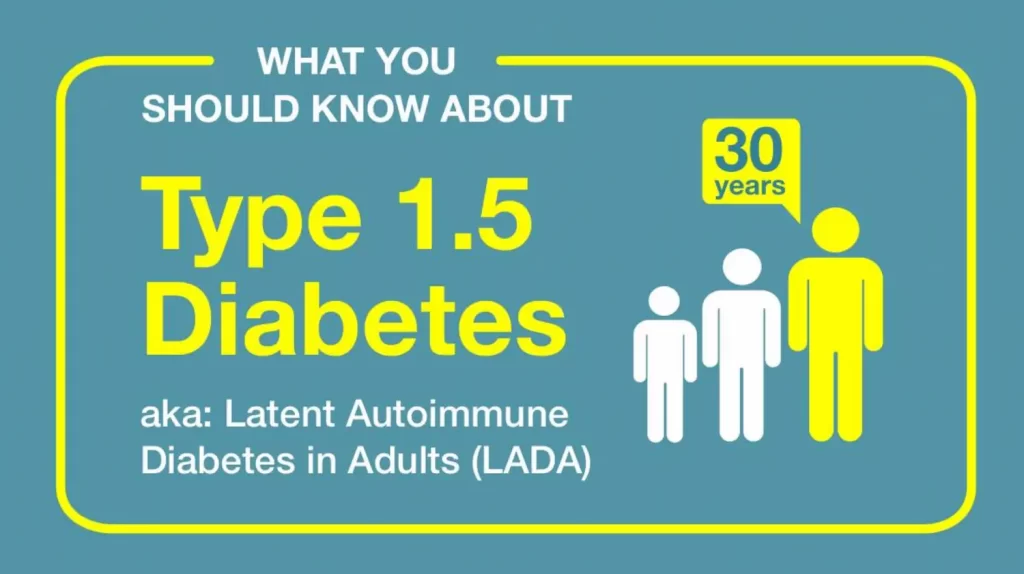Meet the Liver
The human body is incredible.
The function of keeping us alive is complex and involves so much. I am in awe of it. It is so amazing we should explore some of the anatomy and diseases that can affect it. This month the fantastic body – presents the fascinating liver.
The liver is the second largest organ in the body.
It has over 500 functions, including helping the blood to clot and breaking down damaged cells. Weighing between two and three pounds, it holds about 13 percent on the body’s total blood volume. The liver has the distinction of being both a gland and an organ. As an organ, it can execute chemical actions. As a gland, it secretes chemicals for other parts of the body to use.
The liver is found in the upper right-hand portion of the abdominal cavity, beneath the diaphragm, and on top of the stomach, right kidney, and intestines.
LIVER FUNCTIONS
The liver performs over 500 functions. Not only does it make the required chemicals, but it also detoxifies, and it acts as a storage unit. Some of the critical functions are:
- Protein synthesis, including blood clotting factors and albumin, required to maintain fluid within the circulation system.
- Stores vitamins and chemicals used as building blocks. These include Vitamin B12, folic acid, iron, Vitamin A D, and K.
- Metabolizes and breaks down medications and drugs including alcohol
- Manufactures cholesterol and triglyceride
- Makes bile that helps in food digestion.
- Important for blood clotting
- Detoxifies ammonia into urea.
- Breaks down hormones like insulin.
- Produces carbohydrates and stores it as glycogen
SYMPTOMS AND SIGNS OF LIVER DISEASE
Signs and symptoms of the liver disease depend on the cause, but may include:
- ascites – swelling
- Jaundice – yellow eye or skin
- fatigue
- Weight loss
- clotting problems
- nausea and vomiting
Causes of Liver Disease
Fatty liver disease
Fatty liver disease caused by the accumulation of cholesterol and triglycerides within the liver is not associated with alcohol abuse. Fatty liver disease is also referred to as nonalcoholic fatty liver disease (NAFLD) and nonalcoholic steatohepatitis (NASH).
Cirrhosis
Cirrhosis of the liver describes a condition of scarring in the liver that is not reversible and may lead to liver failure.
Alcohol abuse causes cirrhosis of the liver and is the most common cause of liver disease in North America.
Hepatitis
Hepatitis is an infection of the liver that causes liver inflammation.
- Hepatitis A is often spread by poor sanitary habits including poor hand-washing and may be transmitted by food handlers. It tends to be self-limited.
- Hepatitis B and Hepatitis C are spread by contact with infected body fluids.
- Hepatitis D is spread in conjunction with Hepatitis B and needs the B virus for it to survive in the body and cause liver damage.
- Hepatitis E is a food or water borne infection.
Infections
Infections may affect the liver, including:
- Epstein Barr virus that causes infectious mononucleosis
- Adenovirus
- Cytomegalovirus
- Toxoplasmosis
- Rocky Mountain spotted fever
Medications or drug induced liver inflammation
Liver inflammation is common side effect of medications. More common causes are:
- acetaminophen over the counter (Tylenol, Panadol) but also in prescription pain medications (hydrocodone/acetaminophen (Lortab, Vicodin, Norco)
- Statins (medications used to control elevated blood cholesterol levels)
- Antibiotics (amoxiciilin-clavulinic acid [Augmentin, Augmentin XR], nitrofurantoin [Macrodantin, Furadantin, Macrobid, tetracycline, isoniazid)
- methotrexate (Trexall, Rheumatrex)
- disulfiram (Antabusel)
- Herbal remedies, for example, kava kava, mahuang,
Toxins
- Poisonous mushrooms may damage the liver and cause liver failure.
- Alcohol in large doses can be toxic for the liver and damages the liver over time.
- Aflatoxins produced by certain fungi are toxic to the liver
- Industrial chemicals may be toxins that affect the liver, such as arsenic and carbon tetrachloride
Genetic disorders
Genetic disorders can affect the liver, examples include the following:
- Hemochromatosis with abnormal iron storage
- Wilson’s Disease with abnormal copper storage
- Gilbert’s disease with abnormal bilirubin metabolism
Cancer
- Primary liver cancers arise directly from cells within the liver.
- Metastatic liver disease cancer that arises from another organ and invades the liver
Abnormalities of bile flow from the liver
Abnormalities of bile flow from the liver may lead to liver inflammation, for example:
- Gallstones (the most common disease)
- Primary biliary cirrhosis
- Primary Sclerosing cholangitis
Decrease in blood flow draining from the liver
Decrease in blood flow draining out of the liver may cause the liver to become congested and inflamed, two examples include:
- Congestive Heart Failure (CHF) is a condition in which the heart is not strong enough to pump all of the blood it receives, and that blood can back up into the liver.
- Budd Chiari syndrome is a disease in which blood clots form in the hepatic veins, preventing blood from leaving the liver.


